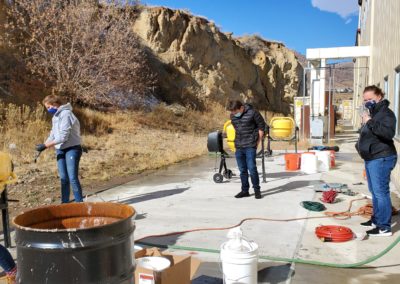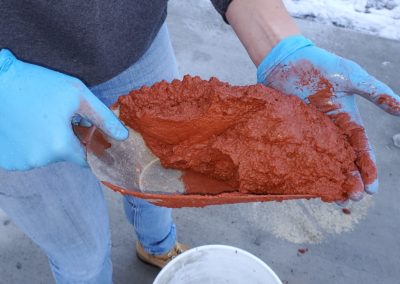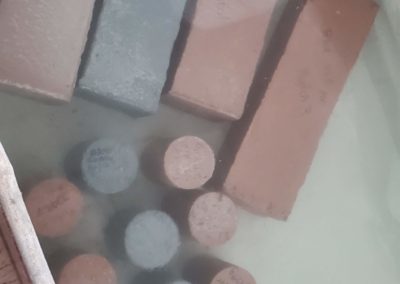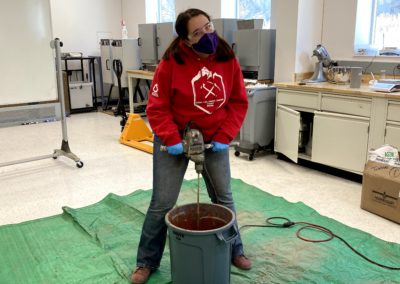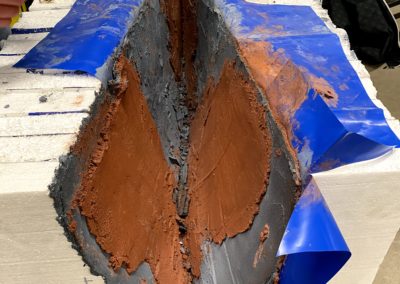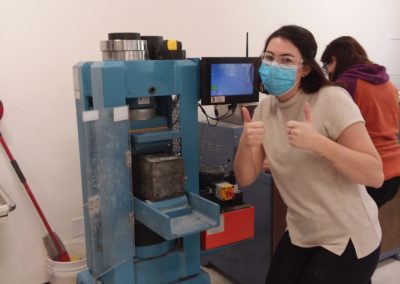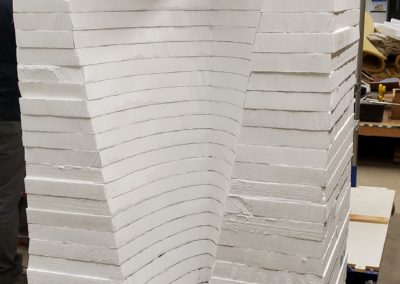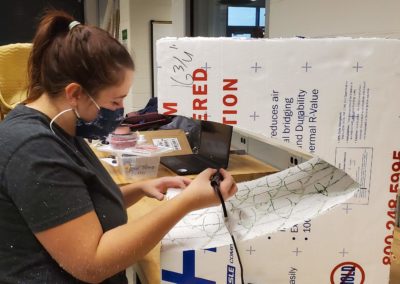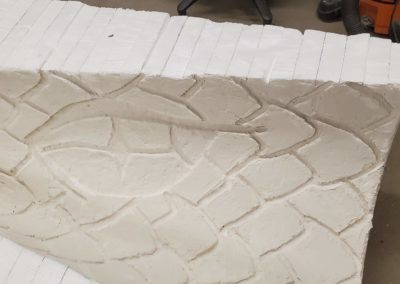ASCE Concrete Canoe
Overview
In 1988, the American Society of Civil Engineers held its first ever Concrete Canoe Competition. Based on small intramural canoe races held by a few ASCE Student Chapters, the competition now has grown into an annual event where teams from across the world spend a year creating a canoe out of concrete. Teams make design decisions on canoe shape and geometry for optimal buoyancy, and concrete mix designs for a strong but lightweight canoe. In addition, the Concrete Canoe Competition Committee (C4) chooses specific design criteria to give the teams a new challenge to meet every year. In general, canoe competitions are judged on a technical report and presentation highlighting the team’s design process, the canoe display and aesthetics, and several races of the canoes including 2-person sprints with male and female teams and a 4-person slalom.
In September of 2020, the C4 released the Request for Proposals (RFP) for the 2021 Concrete Canoe Competition. This year, the RFP required all teams to create a singular concrete mix design for the canoe, as opposed to the typical two-to-four mix designs past years have seen. In addition, they did not require a full-scale canoe prototype to be designed, instead the C4 chose for teams to designate two Enhanced Focus Areas for their project. This year’s Colorado School of Mines Concrete Canoe Team received the RFP and created a design to meet all of the year’s requirements. We participated in the regional Rocky Mountain Student Conference in early April, and will be continuing to the international Society-Wide Competition to be held virtually in June.

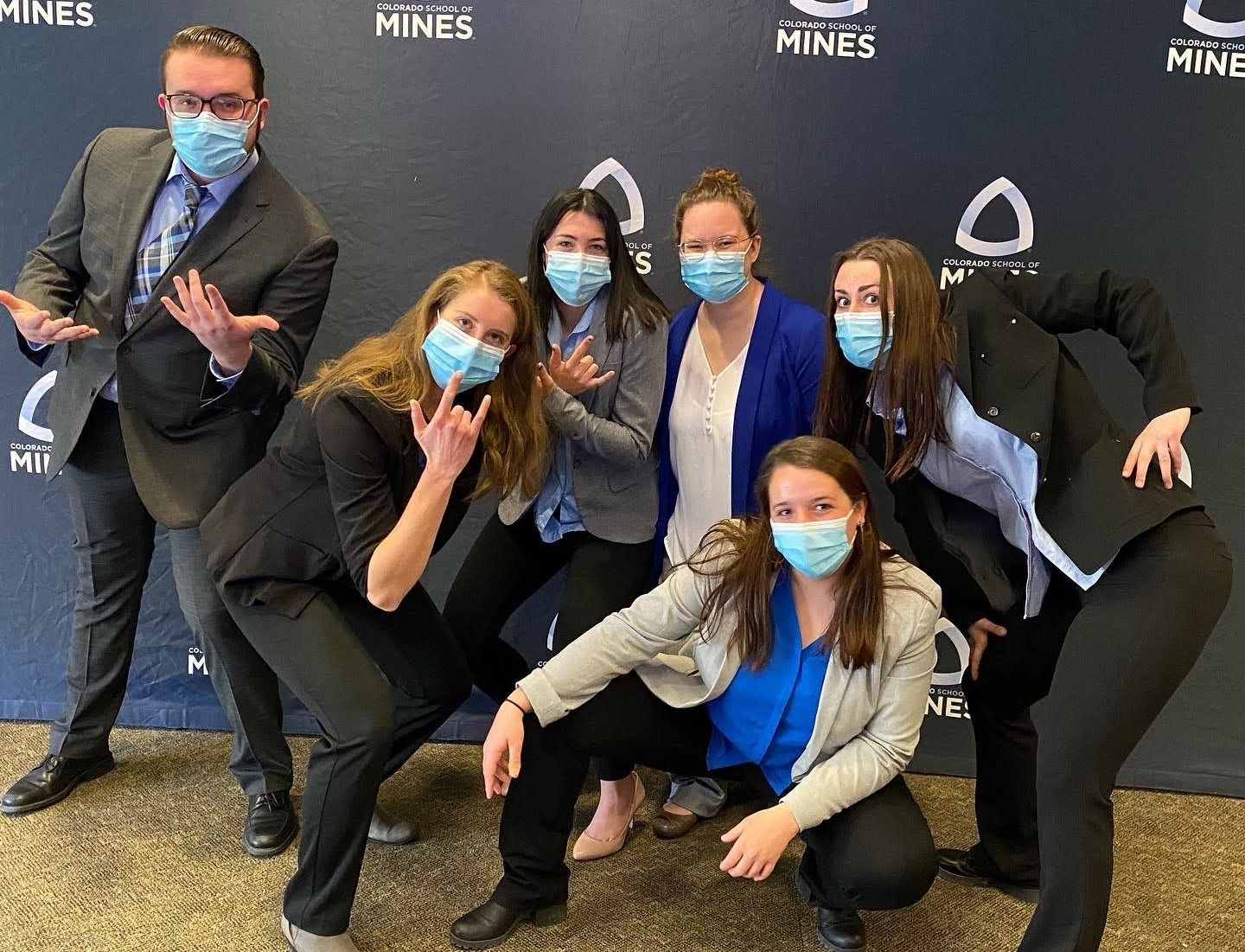
Live Zoom Chat
Use the link below to join us live from 8:00 – 10:30 a.m. on April 29.
Please use passcode: ascecc2021
Or iPhone one-tap: 13462487799,93568695491# or 16699006833,93568695491#
Team Members
- Celeste Carmignani
- Isabel Whitehead
- Brittany Hawk
- April Jergensen
- Krystofer Pajka
- Delaney Brown
- Kathryn Bullard
The Client
- Dillon Davisson, P.E., Kiewit Cooperation
Acknowledgements
Project Advisor: Michael Yost, P.E.
Technical Advisors:
Jeffrey Holley, P.E., F.ASCE
Andres Guerra, P.E., PhD
Lori Tunstall, PhD
Ahmedreza Hedayat, PhD
Donations Made by: Kiewit Cooperation, Jergensen Construction, the Colorado School of Mines ASCE Student Chapter, Martin Marietta, Solomon Colors, Wells Concrete, and Arcosa Lightweight
Video
Elevator Pitch
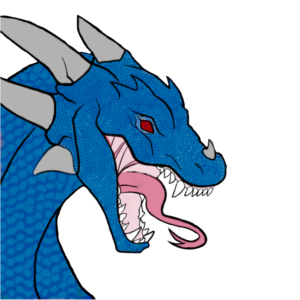
Ambitious, energetic, powerful and dependent; dragons are the true embodiment of strength in the face of adversity. Colorado School of Mines students and people across the globe truly faced an unprecedented challenge through the ongoing COVID-19 pandemic. The CSM 2021 Concrete Canoe Team agreed upon one thing: this year’s competition would look significantly different, and with greater challenges not faced in the history of the Concrete Canoe Competition. The only way to succeed during unprecedented times is to have a balanced relationship between force, passion, safety, and innovation. In a nod to a challenging year full of growth, the CSM Concrete Canoe Team chose the name Statera, the direct Latin translation of balance.
The achievements of past CSM canoe teams encouraged this year’s team to continue to seek success through perseverance, innovation and determination. Mimicking the successful team structure of previous years, leaders were elected to manage the major subsystems that go into a canoe design. Despite a new competition format, the team recognized the opportunity to place more emphasis on material testing and developing better data management practices in the hope of furthering the legacy at CSM.
The chosen Enhanced Focus Areas (EFA) of Lab Material Testing and a Team Website were chosen to optimize the value added to Statera’s proposal. While the Team Website was geared towards creating an accessible and understandable platform that future teams can reference back to, the Lab Material Testing EFA instilled confidence in Statera’s mix design values and allowed for detailed, data-based aesthetic decisions. Together, these areas developed a larger mix design database and organized the team’s data for years to come.
Due to COVID-19 restrictions, the team had limited access to previous resources and needed to come up with an innovative solution to pour and cure tests in the best possible work space without access to the U.S. Bureau of Reclamation. The CSM Concrete Canoe Team also created a well thought out lab testing and construction process. The team was determined to create a repeatable construction process focused on details and innovation, that not only ensured safety and quality, but instilled confidence in this year’s team, values, and procedures.
Many challenges were faced and lessons learned as the team navigated the unknown. The successes of the last three years proved Mines has the capacity to spread its wings and fly above the clouds. In hopes that many dragons will soon be seen cutting through the waters at the ASCE Society Wide Competition, Statera compiled extensive mix design research and a lasting Team Website that will provide the building blocks for future successes at CSM.
Statera embraces its Latin roots in the design and approach of the canoe to erect a mesmerizing dragon. Gliding through the water with the full-force of such a creature, its speed and agility are unmatched. With a hull that provides 2.93 inches of freeboard when the maximum load is met, yet a shape that accentuates paddling efficiency, Statera is a boat no other canoe dare challenge.
Design Approach
Mix Design
To meet the challenges outlined in this year’s competition rules, five rounds of testing were established, setting major milestones and key markers to create an optimal mix design. This allowed Statera to develop a deeper understanding of concrete canoe materials and the interactive nature of these systems. For testing, the team ranked mix design properties from highest to lowest priority: Mix Strength (6), Low Unit Weight (5), Slump/Workability (4), Sustainability and Air Content (3), Finish (2), and Aesthetics (1). With these in mind, each round of testing focused on a component of concrete and its correlating effect. The final mix components are displayed to the right.
Hull Design
The hull design was created with an emphasis in speed and maneuverability, this was done by comparing the past 3 years of Mines concrete canoe designs as well as research into the fastest design specifications. The hull was modeled in a nautical program called Delftship which enabled the team to run hydrostatics tests as well as give information to assist us in other structural calculations. Each design phase was tested with freeboard calculations to ensure that the canoe would float in different loading conditions.
Construction & Structural Process
Structural analysis was performed on the canoe under 2 person and 4 person loading situations using a structural design software. Shear and moment diagrams were calculated from the loading situations and internal stresses were found by combining the values gained from the cross-section and moment diagrams, along with the ultimate bending moment. Two prototypes were created to better understand the construction process and test innovative construction methods. The first prototype was a three foot section that the team learned from greatly when applying the shrink wrap and scale cutaways. The second prototype is a six foot section of the full-scale canoe that encompasses all the innovative methods and lessons learned from the first prototype.
Quality Assurance & Quality Control
One team member was in charge of reviewing ASTM Standards applicable to different parts of testing. A batching procedure was created and reviewed by all team members prior to mixing concrete, which ensured the same procedure was followed throughout the testing process.
Safety
PPE was worn at all times. This included always wearing masks when meeting in person, and gloves, goggles, and closed-toed shoes when batching concrete. Personal health checks were done by each team member before in-person meetings to ensure no one felt sick in any way. In addition, multiple team members were being tested for COVID-19 throughout the project due to their other affiliations on campus.
Finance
One team member was placed in charge of handling the necessary finances for needed materials. This included monthly updates of budget uses with Senior Design and communications with further donations received from third parties. A budget was estimated at the beginning of the school year and updated frequently throughout the past two semesters. Records of all expenses and material purchases were recorded for budget and organizational purposes.
Material Acquisition
Materials were purchased to complete mix design testing, hull casting, and technological requirements for the completion of the competition. All materials that were purchased were recorded and organized during this school year; material purchases were approved by the Project Advisor and the ASCE Technical Advisor/major third party donator for the project.

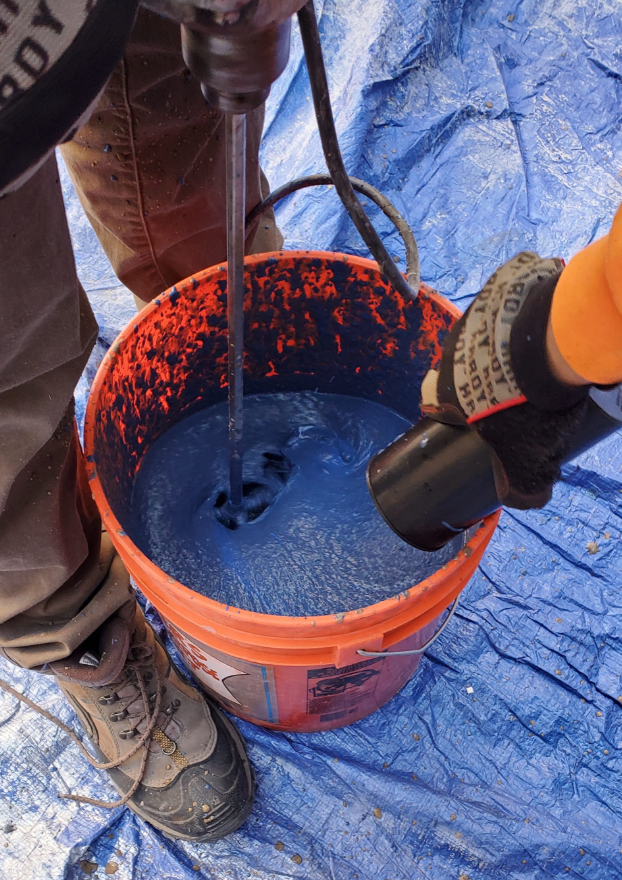
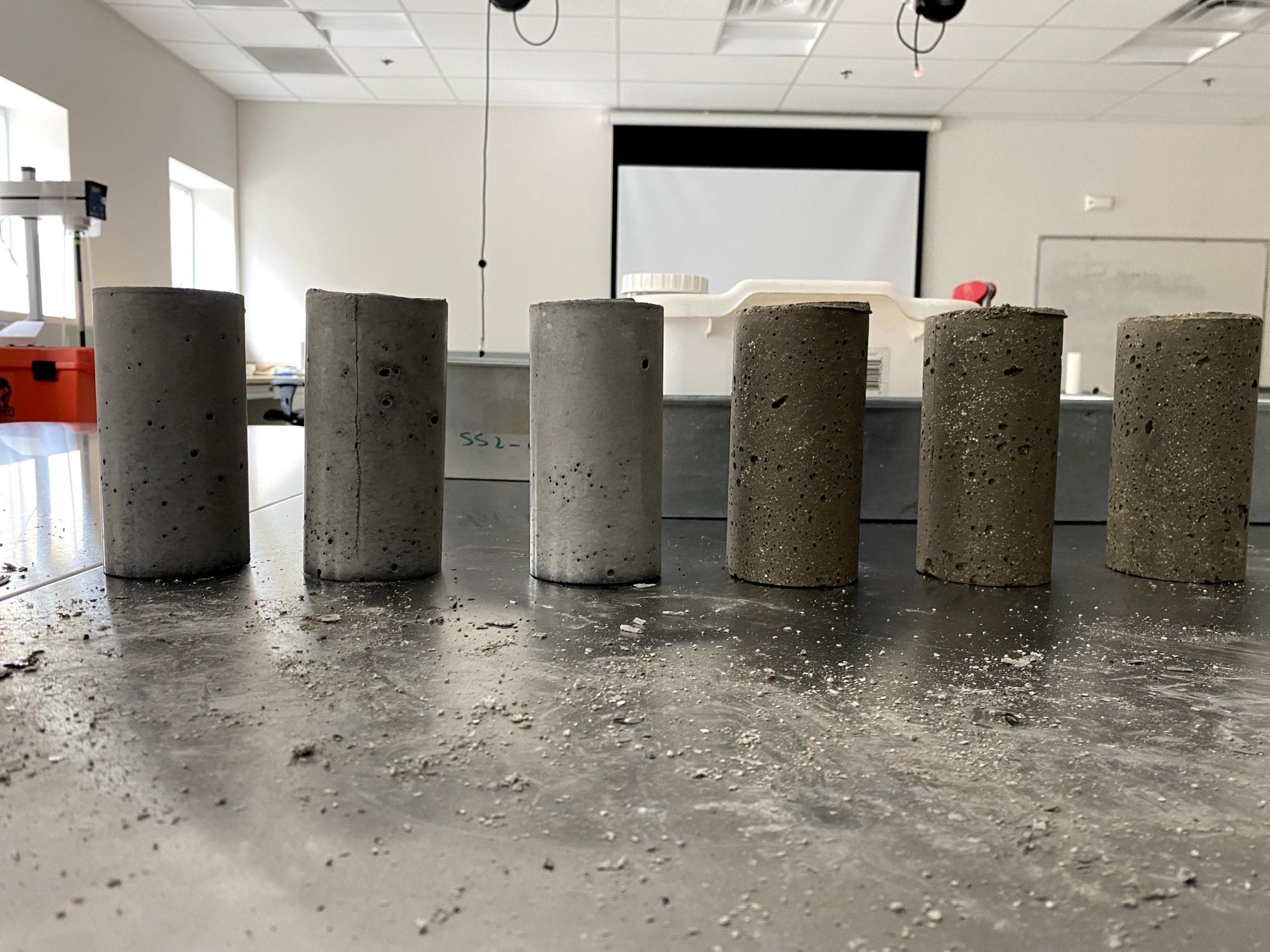
Design Solution
Hull Design & Aesthetics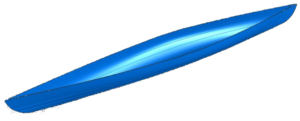
This year’s concrete canoe design focused on trying unique ideas not done by previous CSM teams. The final design used a female mold made out of white insulation foam with carved designs and lined with shrink wrap. The shrink wrap not only allows for an easier removal, but it also creates a smooth and shiny surface that requires much less sanding. The carved sections included scales and a dragon eye that are cast in small strips that will extrude from the canoe when finished creating a unique design and texture. The female mold allowed for more controlled casting and a better exterior finish. The final hull dimensions are 222” long (18.5’), a max of 18” tall, and a max of 28” wide.
Mix Design
From the rounds of testing, the following materials were selected for the final mix design: expanded shale structural lightweight aggregate, polypropylene and cellulose fibers, red, blue and black pigments, Type I/II Portland Cement, Fly Ash Type F, Ultrafine Fly Ash, Silica Fume, and liquid and powder air entrainers. After refining the mix design in rounds 4 and 5, the final mix design achieved a low density, low weight, high strength mix. The final mix design achieved a compressive strength of 1,350psi at a unit weight of 83.5pcf, water to cementitious ratio of 0.50, and an air content of 27.5%. To increase the tensile capacity of the canoe, the team used a fiberglass mesh, and mix of polypropylene and cellulose fibers. The fibers were meticulously dispersed in the mix, and the fiberglass mesh was placed between two layers of the casted concrete for reinforcement.
Next Steps
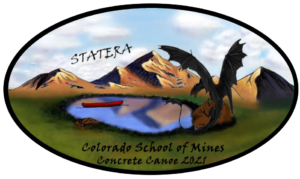
The CSM Concrete Canoe Team competed in the Rocky Mountain Student Conference in early April, and recieved first place in the canoe competition CSM also won the overall conference. The canoe team will be going to the Society-Wide Competition in late June, hosted virtually by the University of Wisconsin-Platteville. Although not able to build a full-scale prototype due to COVID-19 restrictions, the team will be casting the front half of the canoe, so that it can be cured and displayed in Coolbaugh Hall with previous teams’ canoes. Thanks to the help of our project advisor, technical advisors, and sponsor Kiewit, our team feels we have performed as best as we could have this year given the extenuating circumstances. We have each dedicated so much of our time and effort to the project and are extremely proud of what we have accomplished.
Meet the Team
Celeste Carmignani
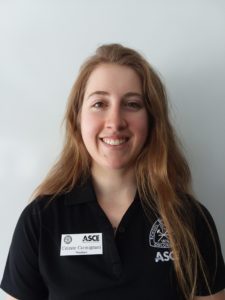 Project Manager, Co-Team Captain
Project Manager, Co-Team Captain
Orignially from Albuquerque, New Mexico, Celeste oversees the project subsystem leads, manages the project timeline and is the primary contact for the client and technical advisors. Celeste is graduating from Mines with her B.S. in Civil Engineering and will be continuing on at Mines next year in the Non-Thesis Structural Engineering graduate program.
Isabel Whitehead
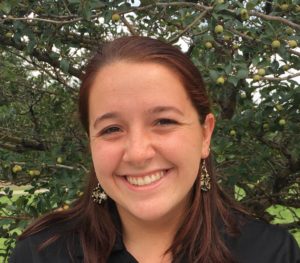 Deliverables and Aesthetics, Co-Team Captain
Deliverables and Aesthetics, Co-Team Captain
Originally from Durango, Colorado, Isabel composed, edited and compiled the final technical papers, final presentation, website and other important team documents. She is also responsible for submitting digital deliverables correctly and on time. Isabel is graduating with her B.S. in Civil Engineering and will be moving to the Denver Tech Center for future career pursuits come June.
April Jergensen
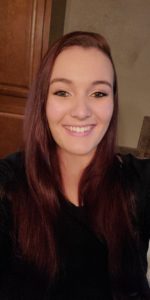 Hull Design
Hull Design
Orignally from Oak Hills, California, April designed the canoe’s hull shape and performed freeboard analysis and seaworthy tests on the canoe design. She works in conjunction with the Construction Lead to ensure constructability of the canoe. April is continuing at Mines in the Fall of 2021 to continue playing for the Mines Volleyball team. She will be receiving her B.S. in Civil Engineering.
Brittany Hawk
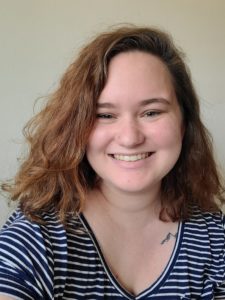
Quality Control, Assurance and Safety
Originally from Lincoln, Nebraska, Britt ensured safety practices were adhered to during lab testing and construction activities. They are also responsible for ensuring the project remained within the boundaries in the RFP and any Request for Information’s posted on the ASCE Facebook Page. Britt is graduating with their B.S. in Civil Engineering and will be continuing at Mines pursuing a Non-Thesis Master’s Degree in Geotechnical Engineering.
Delaney Brown
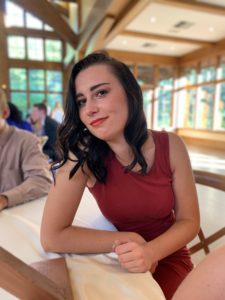
Finance and Communication
Orignally from Castle Rock, Colorado, Delaney performed outreach with clients and donors and manages the aquired funding for the project. She also manages spending and is the primary lead for all financial decisions. Delaney will be continuing at Mines next year in the Non-thesis Hydrologic Science and Engineering Graduate program after recieving her B.S. in Civil Engineering.
Krystofer Pajka
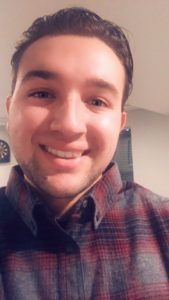
Construction and Structural Detailing
Orignally from Henderson, Colorado, Krys manages form development, construction methods, material aquistion, performs structural analysis for all load cases, and develops reinforcement schematics. Krys works in conjunction with the Hull Design Lead for constructability. Krys is graduating with his B.S. in Civil Engineering and is currently weighing his career prospects while investing in cryptocurrency.
Kathryn Bullard
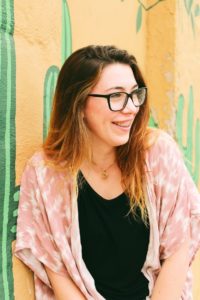
Mix Design
Orignally from Colorado Springs, Colorado, Kat developed the concrete mix design to meet strength and weight goals. Kat also lead the concrete material testing as part of the ASCE Enhanced Focus Areas. Kat is graduating with her B.S. in Civil Engineering.
